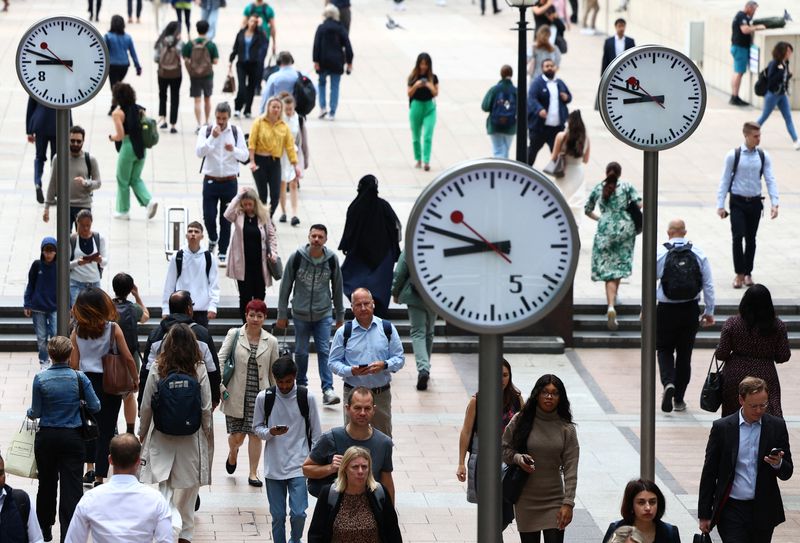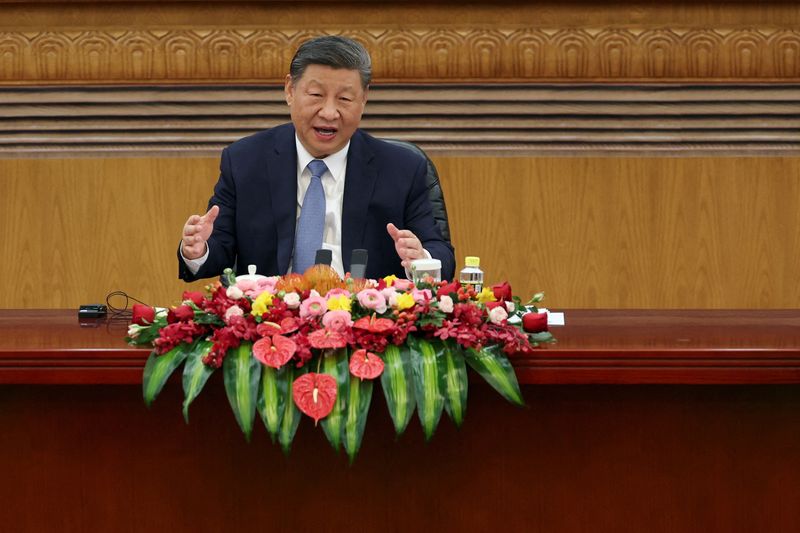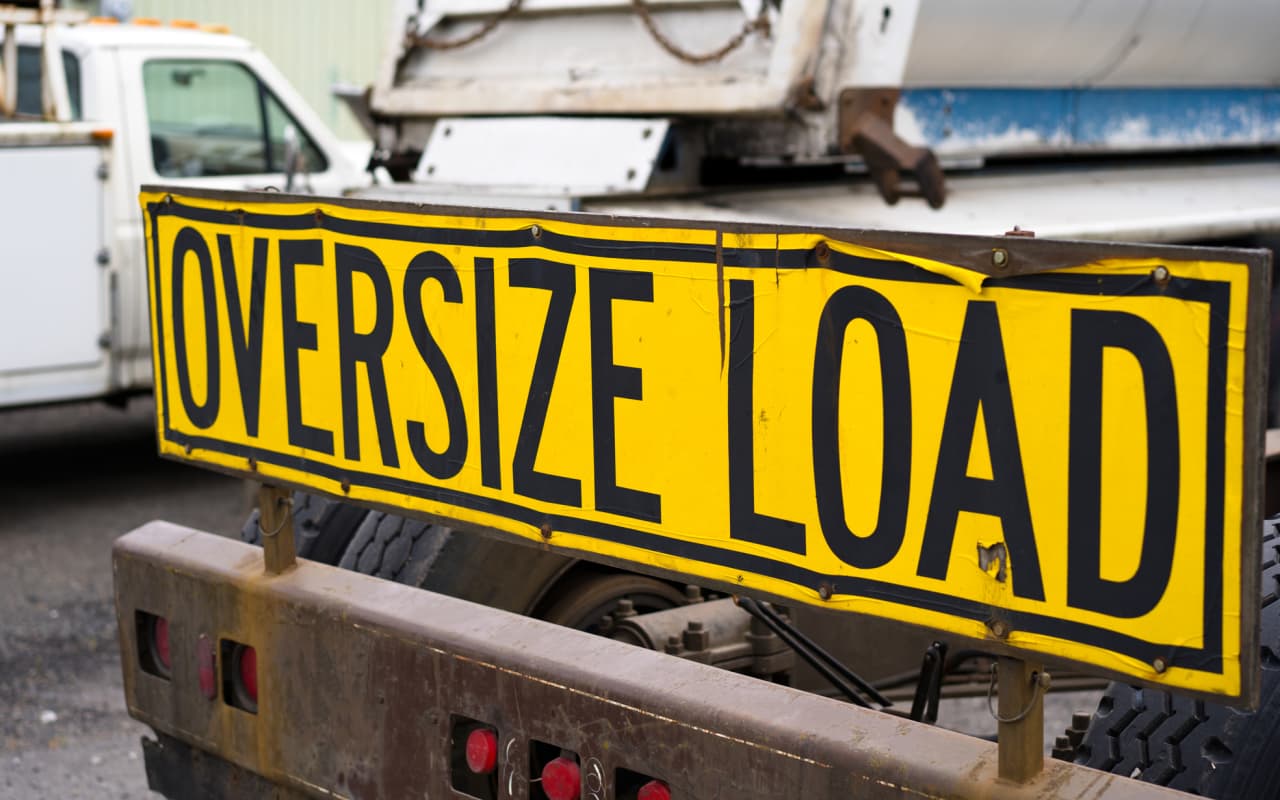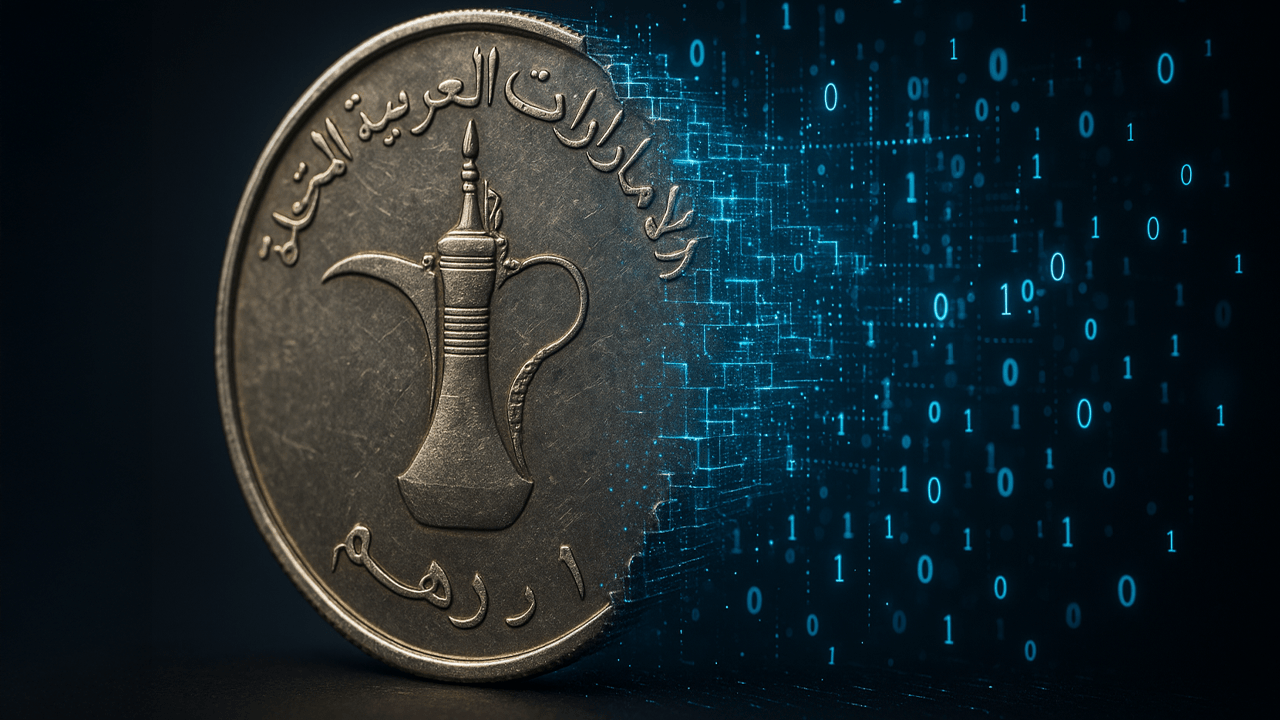India’s physical AI moment: Building a next-gen autonomous workforce
Physical AI will be the bedrock of next-gen innovation, touching industries as diverse as agriculture, healthcare, defence, logistics, and mobility.


In the last few years, artificial intelligence has transformed how we interact with the digital world. We’ve seen text, images, and sounds generated with astonishing realism. But now, AI is stepping out of the screen and into the physical world. From autonomous vehicles to delivery robots, robotic warehouses to drones, we are entering the era of Physical AI—where machines perceive, reason, plan, and act.
The global autonomous vehicle (AV) market is projected to reach $7 trillion by 2050, according to the ‘Citi GPS: Global Perspectives & Solutions’ survey. And AVs are just one piece of a much larger picture. Physical AI will be the bedrock of next-gen innovation, touching industries as diverse as agriculture, healthcare, defence, logistics, and mobility.
India has a unique opportunity to lead this revolution.
Why India must lead
Just like every nation invests in its defence, every modern nation must now build strong AI capabilities. India has long had strong and successful programmes in space and defence research. It’s time to do the same for AI, especially Physical AI.
And the reasons are clear. While the US recently capped the export of GPUs to other countries and much of the private AI R&D investment remains low, India’s greatest strength is its people. With over 65% of its population under 35 and more than 1 million engineering graduates annually, India has a demographic edge like no other.
However, talent alone isn't enough. We need focused strategies to train this generation for the world of autonomous systems and Physical AI—before we fall behind in yet another global race.
Autonomous systems across sectors
The term ‘autonomous vehicles’ often evokes images of driverless cars. But Physical AI goes far beyond mobility. It encompasses:
- Drones and UAVs for surveillance, agriculture, and deliveries
- Autonomous vessels for self-navigating maritime logistics
- Robotic warehousing systems for faster, safer, and more accurate fulfilment
- Emergency medical systems such as AI-powered ambulances and drones
- Autonomous farming equipment like smart irrigation and harvesting bots
- Humanoids and service robots for care, education, and industry
Each of these sectors represents not only a breakthrough in automation but also a massive opportunity for job creation, innovation, and economic growth.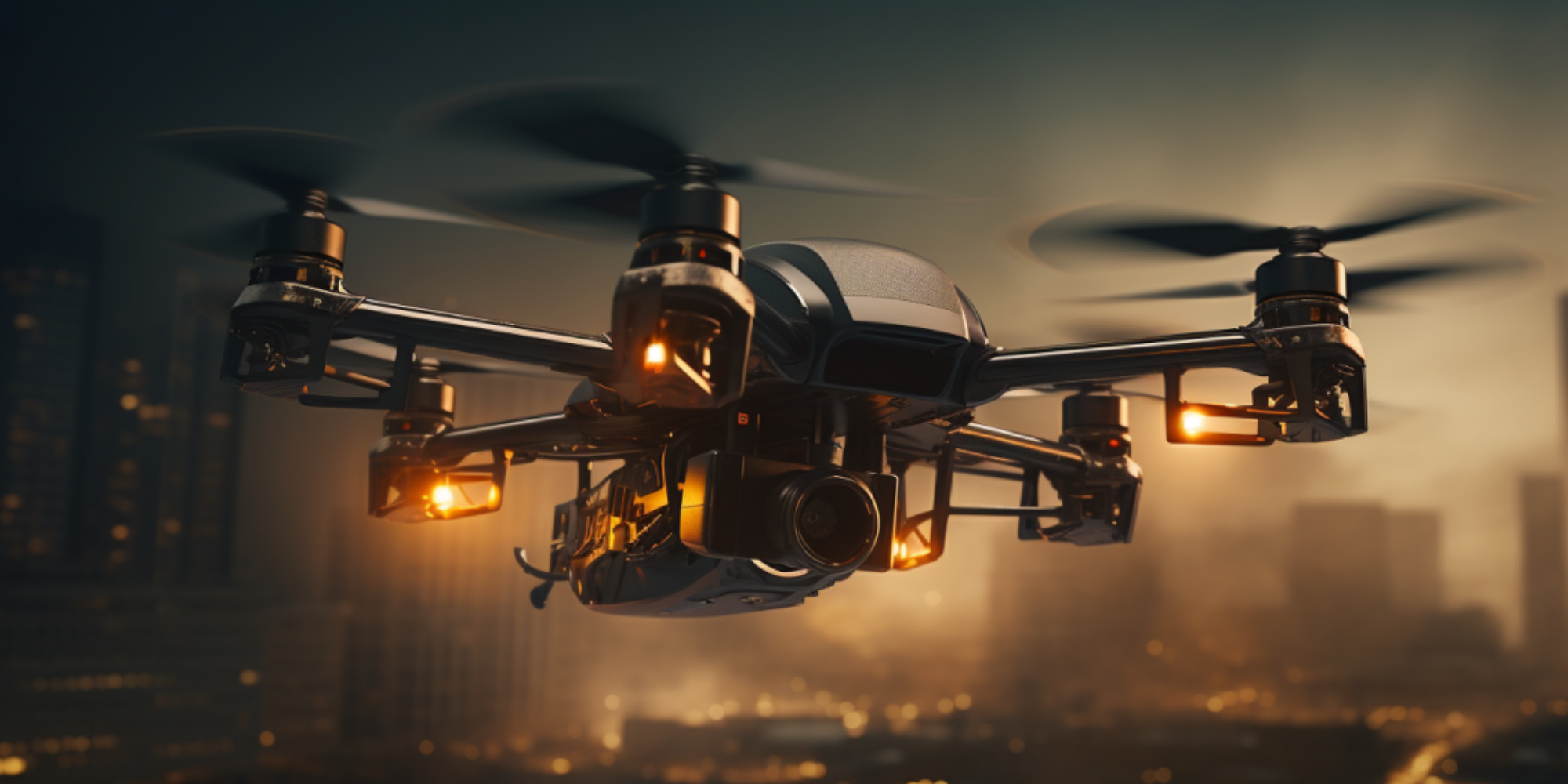
Bridging the talent gap
Despite the booming global demand, India’s education system is not yet equipped to produce industry-ready AV professionals at scale. Most traditional engineering curriculums do not include real-time systems, robotics integration, or full-stack AV development.
What the industry needs is a new generation of engineers trained in:
- Sensor fusion (LiDAR, RADAR, cameras)
- AI/ML for object detection, path planning
- Edge AI deployment on real-time systems
- Robot Operating System (ROS2), Autoware, and simulation environments
Unfortunately, these are not yet standard in most classrooms. Without this alignment, India risks becoming a consumer of AV technologies, rather than a creator.
Open-source as India’s gamechanger
The cost of innovation in AI is high—especially when computing infrastructure like GPUs is controlled by global powers. But there’s a silver lining.
Platforms like Autoware, the world’s first open-source AV software stack, are democratising access to advanced AV development. They allow Indian engineers and students to build real-world autonomous systems without licensing constraints.
Examples like DeepSeek AI have proven that billion-dollar innovation doesn’t always need billion-dollar budgets. What it needs is brilliant minds and open tools. India has both.
Building India’s Physical AI workforce
The Physical AI revolution cannot happen without widespread talent development. That means:
- Curriculum modernisation to reflect current AV technologies
- Hackathons and real-world projects to simulate deployment scenarios
- Centers of Excellence in universities to drive research and experimentation
- Clubs, chapters, and peer communities to foster local innovation
These efforts are already underway through national and state-led skill development missions. But to make a dent, we need rapid scaling across the country.
AV skills will power every sector
Training students in AV technologies is not just about transportation. The skills they gain are transferable to:
- Logistics and ecommerce: Driverless trucks, drone deliveries
- Defence: Autonomous surveillance vehicles
- Agriculture: Smart tractors, robotic farming
- Healthcare: AI-driven emergency systems
- Smart cities: Autonomous public transport, traffic automation
This cross-sectoral applicability makes Physical AI not just the next tech wave, but the foundation of India’s industrial future.
The time to build is now
India has the talent and the intent. Now, we need to move with speed and scale.
Collaborative efforts are already underway—bringing together government bodies, global deeptech leaders, and Indian institutions—to support large-scale AV talent development. As more such partnerships emerge, India is positioned to contribute meaningfully to the global autonomous systems ecosystem.
(Rahul Attuluri is the Co-founder and CEO of NxtWave and NIAT.)
Edited by Kanishk Singh
(Disclaimer: The views and opinions expressed in this article are those of the author and do not necessarily reflect the views of YourStory.)




![8 Marketing Principles You’ll Wish You Knew When You First Started [Infographic]](https://imgproxy.divecdn.com/IrFUUizSVZJGsPem_wXXddL_nQGNvo8QImauGCOQCxo/g:ce/rs:fit:770:435/Z3M6Ly9kaXZlc2l0ZS1zdG9yYWdlL2RpdmVpbWFnZS84X21hcmtldGluZ19wcmluY2lwbGVzX2luZm8yLnBuZw==.webp)




















